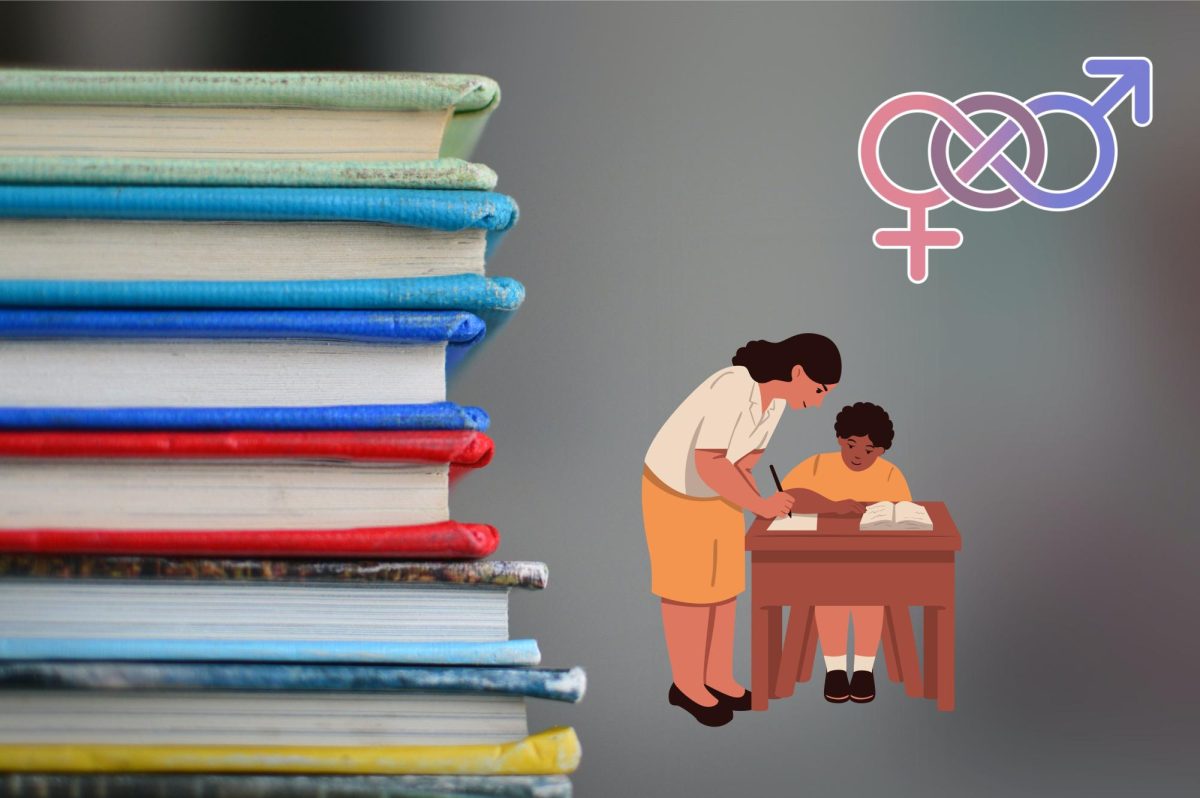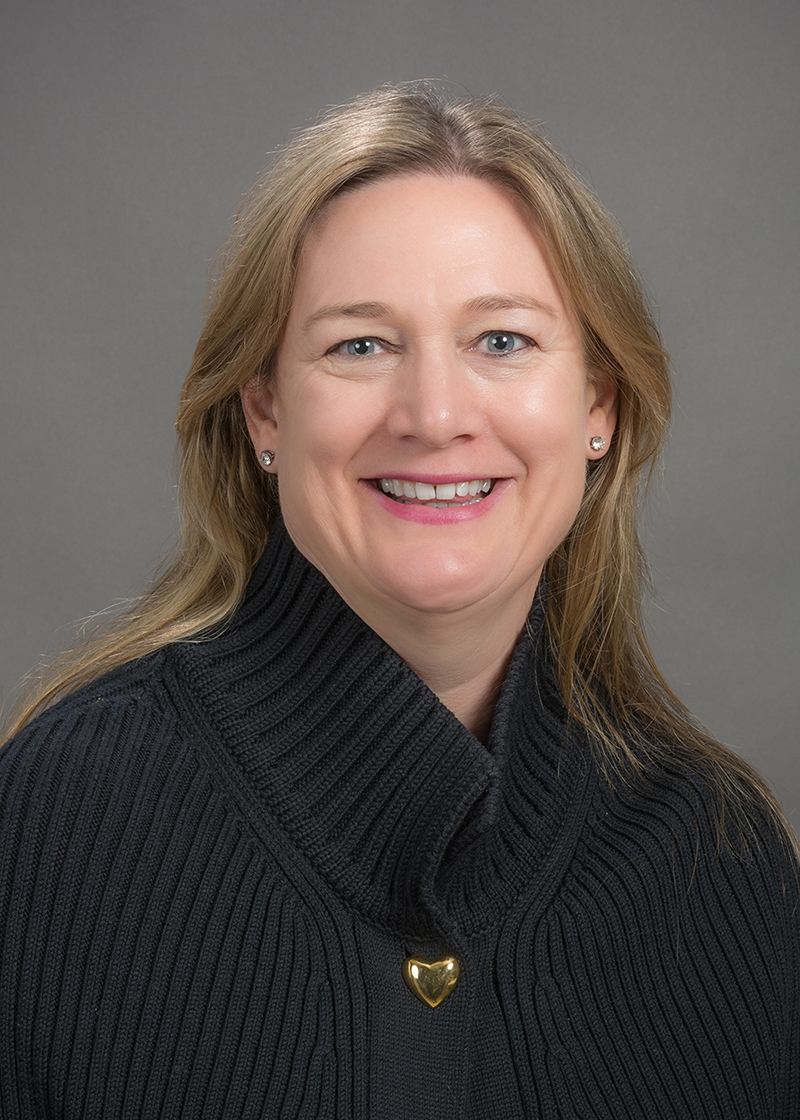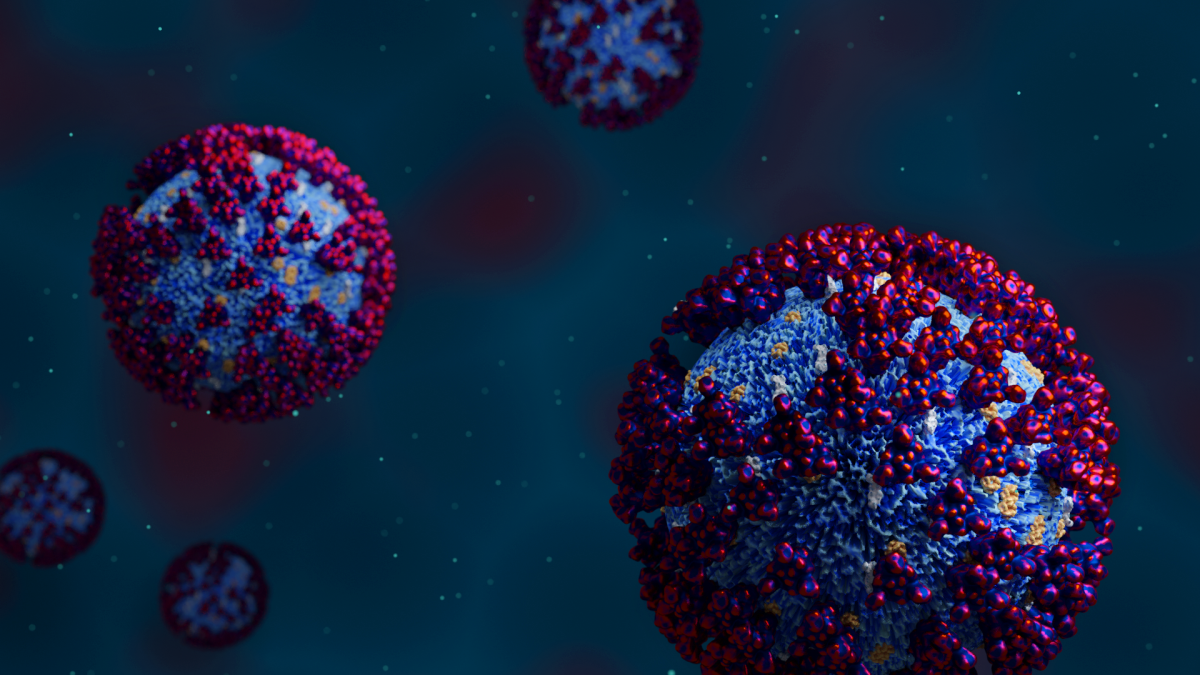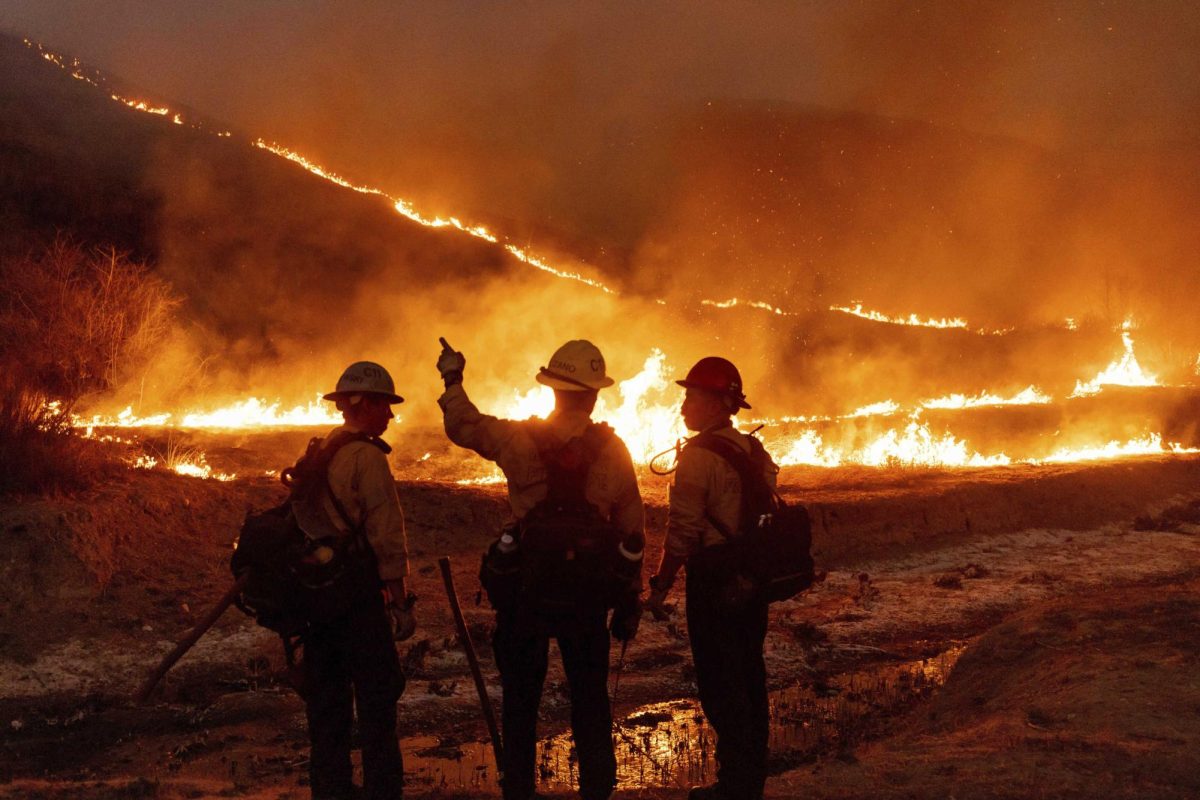Until coming to college at UC San Diego, I grew up attending only Catholic schools. In my time at these schools, sex was a taboo subject, something that was practically forbidden to talk about, and when it came time for a sex education crash course, the curriculum was severely lacking. The class was separated by sex, boys in one classroom and girls in another. While I am not privy to what was discussed with the boys, I can recall that my Catholic sex education consisted of a short and awkward discussion about marriage, abstinence, purity, and periods. What the teacher failed to include was any mention of sexual safety, protection against sexually transmitted infections, consent, and what it meant if you were different from Adam and Eve in terms of gender identity or sexual orientation.
Unfortunately, my experience is likely not a unique one. American sex education is notorious for leaving out vital information for youth health and well-being. As these classes fail to progress parallel to the progression of society, LGBTQ+ youth are especially left in the dark. It is not rare for sex education classes to only focus on cisgender, heterosexual relationships or binary reproductive health. Only 8.2% of the LGBTQ+ community reports receiving sex education that includes LGBTQ+ inclusive content, which is a dangerous and depressingly low number. LGBTQ+ students, including myself, are already affected by the general lack of information and inclusivity within the classroom. Our identities and experiences go unaddressed and are continually ignored or condemned, which is an especially prominent issue when discussing sex in the classroom. A mere 24% of LGBTQ+ students have received adequate and relevant school-based sex education, leaving members of the community vulnerable in their adolescence and well into adulthood.
In fact, studies show that individuals in the LGBTQ+ community are more likely to have sex at an early age and not use condoms or birth control. They are also more likely to experience sexual violence, contract HIV and other sexually transmitted infections, and have sex under the influence of drugs and alcohol. A shocking 23% of LGBTQ+ students were not taught about HIV/AIDS during their sex education courses. Knowledge of sexual health and safe practices would lead to greater caution among youth and have the potential to save lives. It is crucial that sex education describes certain risk factors that are particularly pertinent to LGBTQ+ youth, so they are equipped with the tools to make healthy and safe decisions about their bodies.
Sex education in schools is often one of the only reliable sources of information on sexuality and sexual health for youth, but only a fraction of the U.S. public schools require accurate and sufficient sex education. Some states are even proposing bills that prohibit discussing gender identity and sexual orientation in school settings. An example is Florida’s “Don’t Say Gay” bill, which states that classroom lessons from kindergarten to third grade cannot discuss sexual orientation or gender identity in any way that is deemed “not age-appropriate.” Legislation veering away from inclusive sex education is harmful to LGBTQ+ youth, as studies show they already face a greater risk of suicide and health issues compared to their cisgender or straight peers due to lack of support. Unfortunately, laws regarding sex education vary based on the beliefs and values of the state majority, leaving a vital decision in the hands of partisan politicians. Currently, only 20 states require curricula to include information on contraception and condoms, leading to a higher likelihood of STIs and unplanned pregnancies. Annually, 45 in every 1,000 American women from ages 15-44 will have an unintended pregnancy, and there are approximately 20 million new STI cases in the U.S. each year. Meanwhile, 27 states require the encouragement of abstinence, and, as of 2020, only six states require comprehensive sexual education.
Furthermore, educators who are given the responsibility of providing sex education are not formally instructed on how to address varying aspects of identity and sexuality in the classroom. In fact, in a study regarding the comfort of educators in teaching other educators how to support LGBTQ+ youth, only 25.5% reported feeling comfortable doing so. With uncomfortable educators comes uncomfortable students. As a result, uneducated youth are less likely to protect and understand their sexual well-being and identity.
In an ideal world, discussion of safe sex and ideas of sexuality would flow freely and start in the comfort of one’s own home, but some parents may be opposed to or uncomfortable with that practice. However, if parents were to make an effort to discuss these often taboo subjects with their children, conversations about such topics would likely become more socially acceptable. Most importantly, policymakers have the power to implement laws that require the standardization of sex education across the nation that is inclusive to LGBTQ+ youth. This would require policymakers to take a definitive stance on inclusive sex education and prioritize the reproductive health of America’s youth. While the argument of separation of church and state may arise, this is a matter of accessible healthcare being the right of all Americans rather than a religious or political issue.
At UCSD, there are myriad organizations that are positioned to support LGBTQ+ individuals. Resources like the UCSD LBGT Resource Center could partner with organizations like Planned Parenthood to provide free sexual health services, such as birth control prescriptions, STD testing, gender-affirming care, and pregnancy tests. In combination with Planned Parenthood, the UCSD LGBT Resource Center could potentially found outreach programs specifically for sex education or spaces for sex educators to learn how to better support their students. Such changes have the potential to make a large impact on youth in the surrounding San Diego community.
On an individual level, students can donate money to these non-profit organizations that use donor contributions to stay afloat and fund free programs for those who may not have access to healthcare sources. Hopefully, with additional contributions, funds can be allotted toward this new cause to create a much-needed proactive change in sex education.
Ultimately, we all have the ability to contribute to change even if it seems small. Regardless of one’s religious or political views, LGBTQ+ youth deserve to be supplied with proper sex education as a principle of promoting sexual and reproductive health in a community that has been left in the dark for far too long.





















Rosary English Dept. • Nov 6, 2023 at 7:20 pm
A well-written article full of insight.
UCSD is lucky to have such a wonderful writer and thinker.